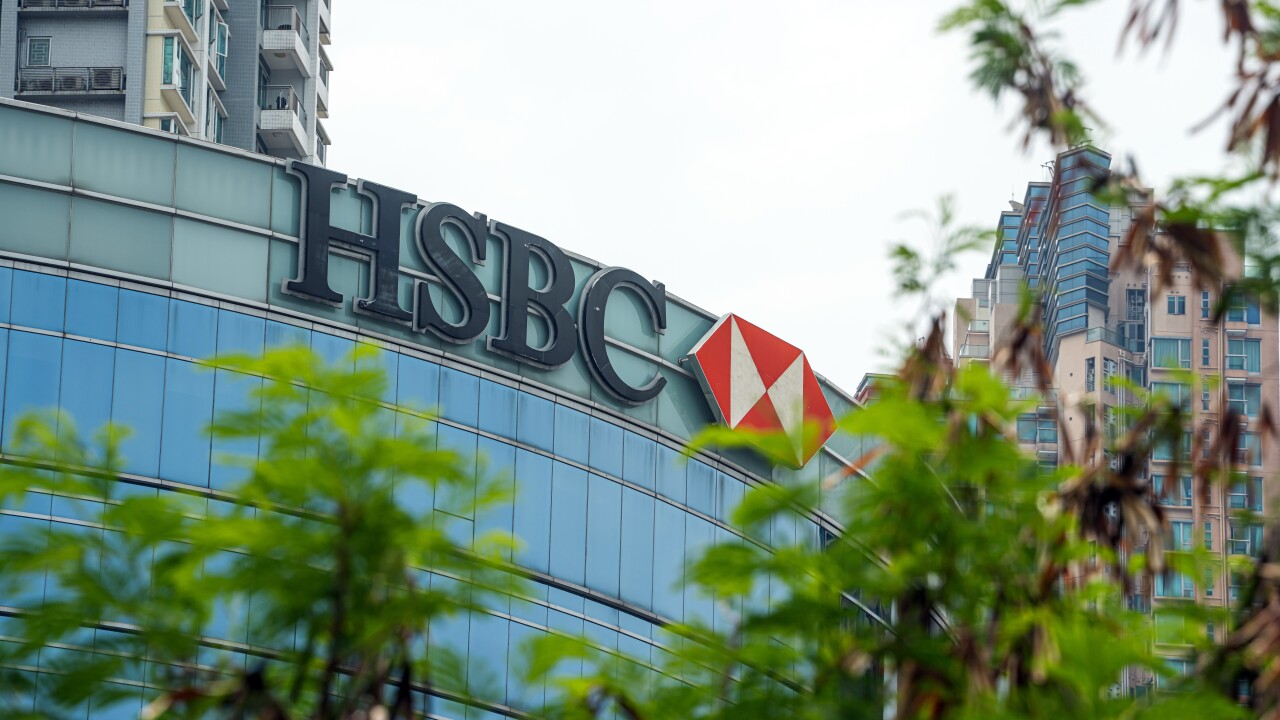-
How have community banks fared with retaining market share in their traditional strongholds of rural areas and small towns? The latest FDIC Summary of Deposits shows their leads in those areas may be slowly slipping away for a host of competitive reasons.
October 6 -
Wells Fargo fared well in recent surveys of bank brands, but otherwise consumers' perceptions of large banks were all over the map.
May 27 -
Technology, like mobile banking and credit scoring, has eroded any strategic advantages small banks once held in serving small businesses, industry experts say.
January 29

Will technology provide the shot in the arm that megabanks need to catch up with community banks in customer service?
A new survey suggests that might be the case. The largest banks improved their customer service at a faster rate than community banks and credit unions over the past year, according to a study conducted by ath Power Consulting in Boston. Nearly 3,200 customers of 456 banks and 408 credit unions in the U.S. and Canada responded to an online survey in the fourth quarter about their banking preferences.
One reason that big banks made up ground is their superior technology offerings, said Frank Aloi, chief executive of ath Power Consulting.
"You can't compare to what the big guys are offering because it's such cutting-edge stuff," Aloi said. "Community banks are doing a good job with technology, but there's no comparison."
Technology is a tricky issue for small banks. Mobile banking probably isn't as important for community banks located in small towns or rural areas, said Eddie Rogers, the CEO of the $112 million-asset West Central Georgia Bank in Thomaston. That's not the case for community banks in cities, he said.
"We haven't migrated to mobile banking yet," Rogers said. "Thomaston is a small town, but if we had branches in [other Georgia cities like] Macon or Columbus, we probably would be forced to offer more of that, mobile banking."
The findings by ath Power Consulting square, to some extent, with the
The $80 billion-asset BBVA Compass posted the highest rating in American Banker's 2014 reputation survey, with a score of 78.9% on a 100-point scale. The Spanish-owned bank has been a leader in bank technology, having moved its checking and savings account customers to a
In J.D. Power's 2014 retail banking study, all banks seemed to improve customer service. In the aggregate, customer satisfaction improved by 22 points on J.D. Power's proprietary 1,000-point scale.
In the ath Power Consulting survey, 50% of respondents who are customers of the four largest U.S. banks said they were satisfied with the general quality of customer service. That was up from 42% in 2012 and 34% in 2010.
By comparison, 67% of community bank customers said they were satisfied with the general quality of customer service, an increase from 61% in 2012 and 57% in 2010. Among credit union customers, 71% said they were satisfied, up from 70% two years earlier and 59% four years earlier.
To be certain, community banks still have higher ratings for customer service than big banks. But the ath Power Consulting report indicates that the
"It was such a mess a few years ago," Aloi said. "Everyone used to think, 'They're big banks, so they're awful.' Now their responsiveness is so much better than it used to be, from problem resolution to just simply answering customers' questions."
Technology could become the great customer-service equalizer for large banks, but they should not work on their mobile apps to the exclusion of bricks-and-mortar branches, Aloi said. A better tactic is to emphasize both, as large banks seem to be doing.
"They're taking a more holistic approach," Aloi said. "They literally want to be wherever you are, however you want to bank."
Citigroup appears to have adopted that philosophy. While Citi has
"We are focusing on our most productive branches in key urban areas and on growing high quality deposits," John Gerspach, chief financial officer, said during a Jan. 15 conference call.
"We have shrunk our branch network by over 10% while increasing digital uptake by consumers. ... [We] simplified our product offerings and increased customer satisfaction," CEO Michael Corbat said during the Jan. 15 call.
Big banks' improved image with customers is a sign they have moved past crisis mode and are trying to improve their technology offerings and retail branches, Rogers said.
"People still like to be able to come into a bank when they have to get a loan," Rogers said. "You have to have a little bit of both."





